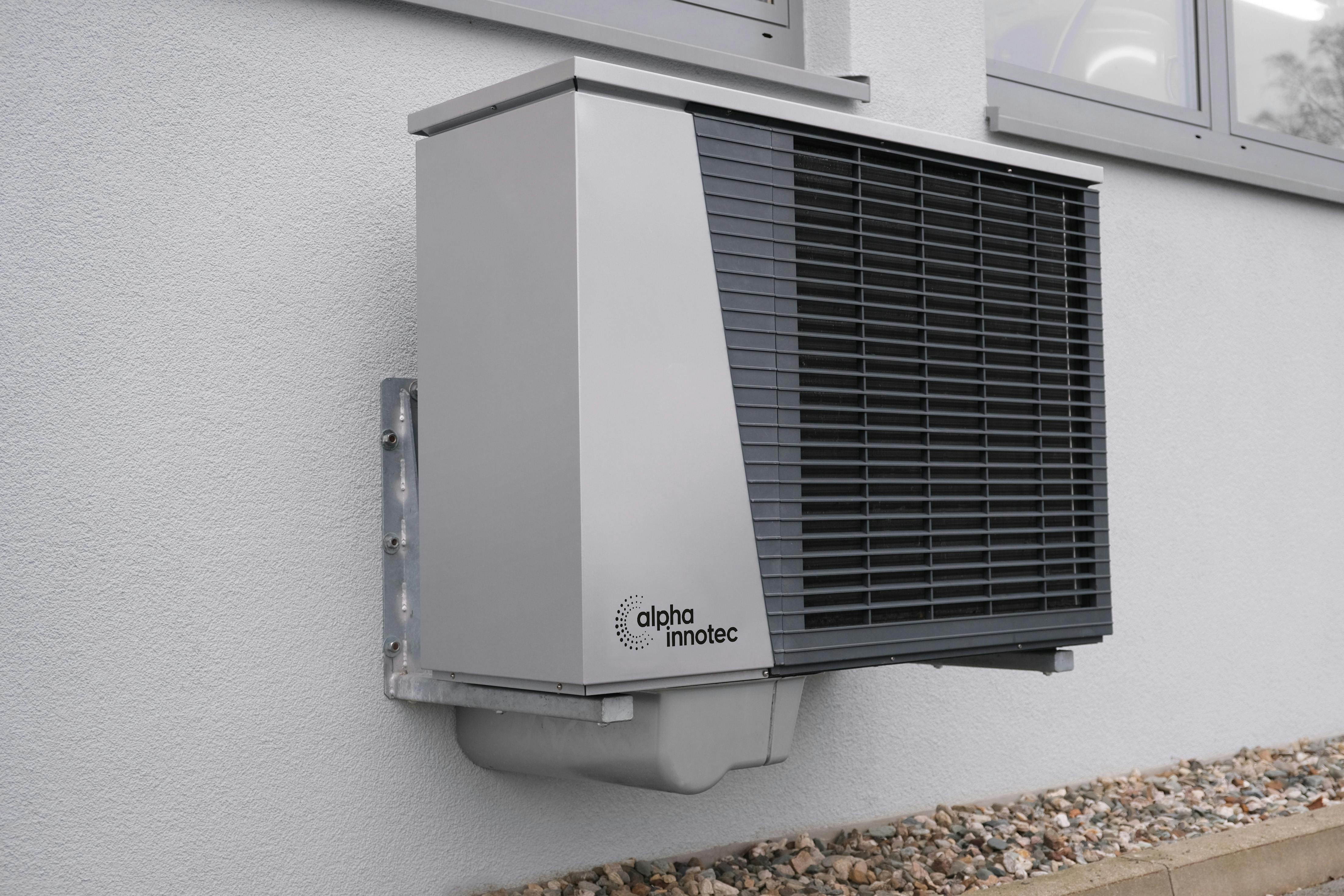Commercial HVAC System Installation & Upgrades

Your Guide to Commercial HVAC Installation & Upgrades in Puyallup
Upgrading your commercial HVAC system is a major decision—one that impacts energy costs, employee productivity, and tenant satisfaction for years to come. This is more than temperature control; it’s a long-term business investment.
With so many options, technical details, and financial considerations to navigate, clarity becomes your greatest advantage.
This guide is designed to help you make confident, future-focused choices. We’ll walk you through key evaluation criteria, from system types and installation best practices to a transparent cost–benefit analysis, so you can invest wisely in your building’s comfort and performance.
Step One: Assess Your Building’s Needs
Every successful HVAC project begins with a clear understanding of your property and operational priorities. Before comparing equipment options, consider the following:
- Building Profile: Total square footage, building type (office, retail, warehouse, medical), and overall layout.
- Occupancy & Usage: Average number of occupants and any high-load areas such as kitchens, conference rooms, or server rooms.
- Existing Pain Points: Issues like inconsistent temperatures, high utility bills, poor air quality, or frequent service calls.
- Future Plans: Renovations or changes that may affect HVAC demand over the next 10–15 years.
- Budget & Priorities: Whether you are focused on upfront savings, long-term efficiency, indoor air quality, or a balance of all three.
The Commercial HVAC Installation Process
Installing or upgrading a commercial HVAC system requires more than simply swapping equipment. The process is most successful when broken down into three phases:
Phase 1: Strategic Design & Engineering
- Load Calculations: Perform detailed Manual J/N calculations to size the system precisely.
- System Design & Layout: Engineer ductwork, piping, and unit placement for optimal performance.
- Compliance & Permits: Ensure compliance with Puyallup building codes and secure necessary permits.
Phase 2: Professional Installation & Integration
- Safe Removal: Decommission and dispose of existing equipment responsibly.
- Structural & Electrical Prep: Upgrade infrastructure as needed for the new system.
- Equipment Installation: Install all units, ductwork, refrigerant lines, and controls to manufacturer specifications.
Phase 3: Commissioning & Verification
- System Start-Up: Conduct a full operational checklist to ensure proper function.
- Air Balancing: Adjust airflow for consistent comfort across all zones.
- Training & Handover: Provide hands-on training for your team to operate and maintain the system effectively.
Understanding Costs: Price vs. Value
While installation costs vary based on system type, size, and complexity, the more meaningful metric is total cost of ownership (TCO).
- Equipment Costs: Influenced by tonnage, efficiency rating, and technology.
- Labor & Installation: Driven by project complexity and integration requirements.
- Materials & Ductwork: Covers new piping, wiring, and other components.
- Permits & Inspections: Includes fees for code compliance and local approvals.
A higher-efficiency system often pays for itself over time through energy savings, reduced maintenance, and fewer breakdowns. We also help clients take advantage of rebates, tax credits, and incentives to lower net costs.
Choosing the Right Partner
Your contractor plays as big a role as the equipment you choose. Ask these key questions:
- Are your technicians certified for commercial-grade systems?
- Do you provide detailed load calculations and system design proposals?
- What is your approach to project management and communication?
- Do you offer ongoing maintenance and emergency support after installation?
- Can you share case studies or references from similar projects?
At Greenhead, we offer complete lifecycle support—from design and installation to ongoing maintenance and emergency service—ensuring your investment continues to perform for years.
FAQs
How long does installation take?
Simple RTU replacements may take just a few days. Complex VRF installations in occupied spaces may require several weeks.
Will installation disrupt business operations?
We coordinate schedules carefully, often working after hours or phasing the project to minimize downtime.
What factors impact energy efficiency?
Proper system sizing, high SEER/EER ratings, and professional installation are critical for achieving optimal performance.
How do I know my system meets local codes?
We handle all permitting, inspections, and compliance with Puyallup and Washington State codes.
Take the Next Step
Investing in a high-performance commercial HVAC system pays off in lower operating costs, fewer interruptions, and better comfort for employees and tenants.

